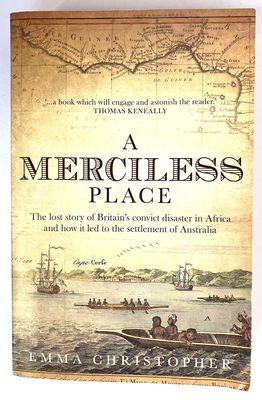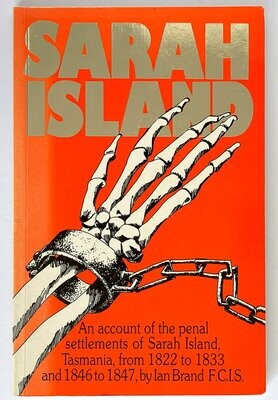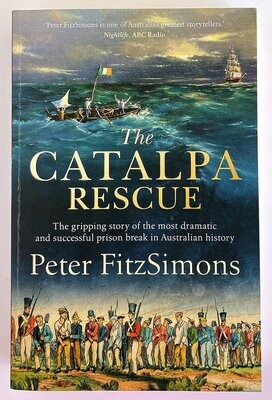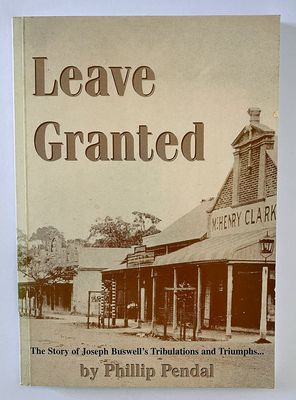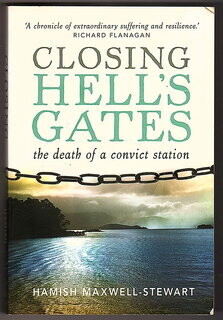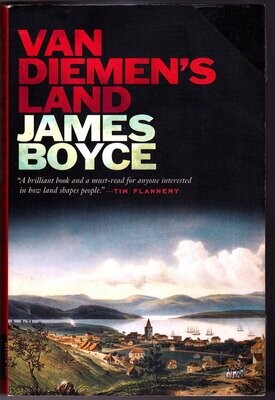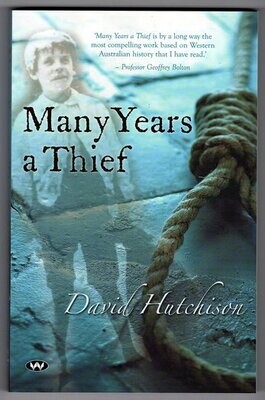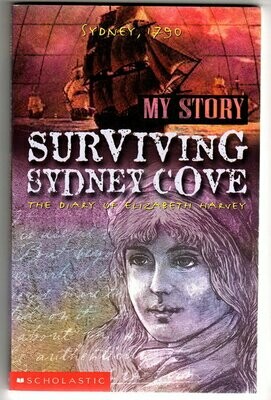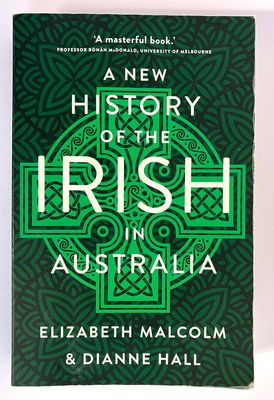The Convict Settlers of Australia: An Enquiry Into the Origin and Character of the Convicts Transported to New South Wales and Van Diemen’s Land 1787–1852 by L L Robson
Book Description
Secondhand. Good condition. Minor wear to book corners and edges. Spine faded. Some minor marks on white back cover. Mark on the acknowledgement page. Binding is still very good.
Robson's PhD thesis begins by outlining briefly the history of the transportation of convicts from Britain, and the legal procedures leading to transportation. Some historians ' views of the convict settlers of Australia are then presented, the methodology of sampling is described and a summary view of the number of men and women transported is given.
Part A of the thesis concerns the males, examines the number of variables in the enquiry and presents them in tabular form, with some explanation, as the basis of the survey. Variations from this overall view are shown in the cases of the English and Irish-tried men and London felons. Reasons for any differences are suggested.
In Chapter III a number of grouped urban and rural counties are analysed and it is explained how and why convicts from certain parts of Britain differed from the overall pattern. The offences for which the convicts were transported are then analysed, and attention is drawn to the principal forms of theft which accounted for so many convicts making the voyage to Australia. In particular, it is noted how men transported for ''other larcenies" tended to be young offenders from the cities of Britain. From the circumstances of their apprehension and information gleaned from reports of trials and statements made in Van Diemen's Land, a picture is painted of the origin and character of the convicts, and attention is drawn to national differences between English and Irish.
Part B is devoted to a description of the female convicts, and from the circumstances of trials and other particulars it is concluded that, particularly in the early years of transportation to Australia, they were an indifferent group of settlers.
Part C concerns the convicts in Australia. Records of Van Diemen's Land prisoners permit a comprehensive study of convicts' lives whilst they were in the hands of the local Administration but data of a different nature in New South Wales enables analysis and speculation of what part the convicts played in society.
The extent of the marriage of both male and female convicts is discussed. It is concluded that few prisoners in the period able to be reviewed can be said to have done materially well in New South Wales.
The conclusion of the thesis sums up the findings of the enquiry by emphasising the age structure of the sample, the number of former offences and occupations. It also emphasises the different characteristics of the English and Irish convicts and finally discusses the reasons for the commission of crime leading to transportation. (Trove)
